''Do not trade usd/try , eur/try if u are not living Türkiye. Because Market can goes up or down 500 pips at a normal day''
i read and listen news 3-4 days for what will happen after the FED explanation.
Market gone horizontal whole day. (18.09.2013).Everyone was waiting for FED holds bond buys steady or not, exept for me :-)
i was calculating the pips for my plan down trend or up trend.
At 19.10 gmt-2 (newyork 12.10)
i made 2 orders, 100 pips over for buy, 100 pips down for sell. in my idea market would make 300-400 pips.
19.10 price usd/try 1.99393
order for buy 2.00393 (1:66)
order for sell 1.98393 (1:66)
Than waited for the news.##FED holds bond buys steady##
Market down to 1.94673 at 2 hours.
When i saw sup/dem i closed my order at 1.95823. Nice trade :-)
P.S. perhaps other currencies made more but it was too enough for me.
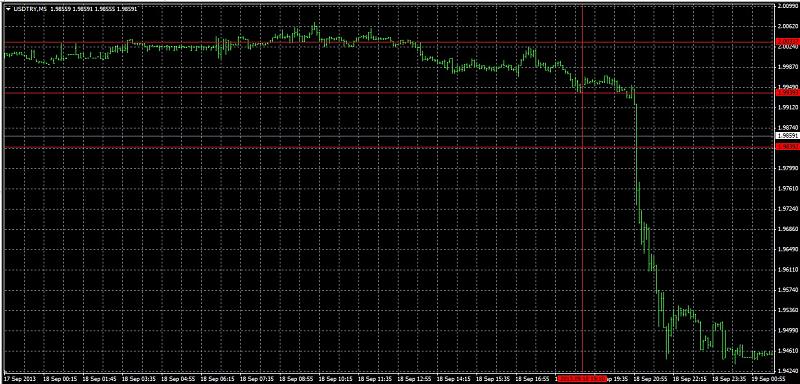


 LinkBack URL
LinkBack URL About LinkBacks
About LinkBacks






 Reply With Quote
Reply With Quote




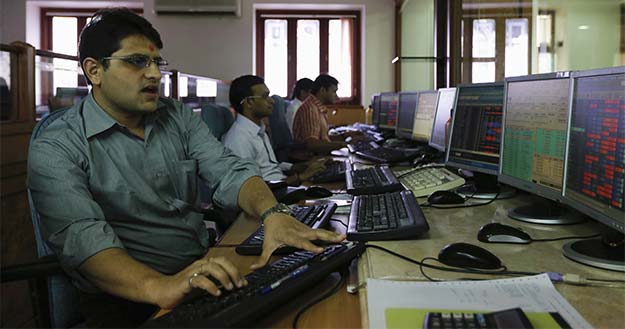
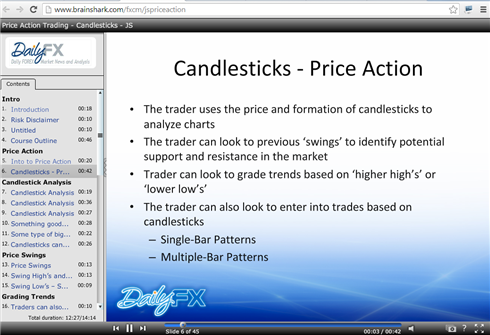
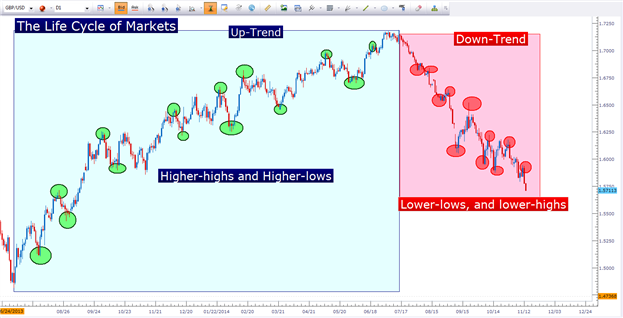
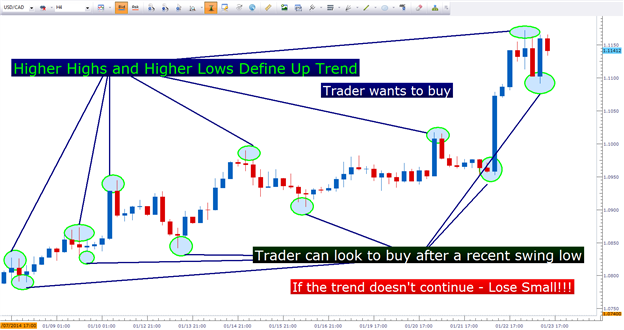
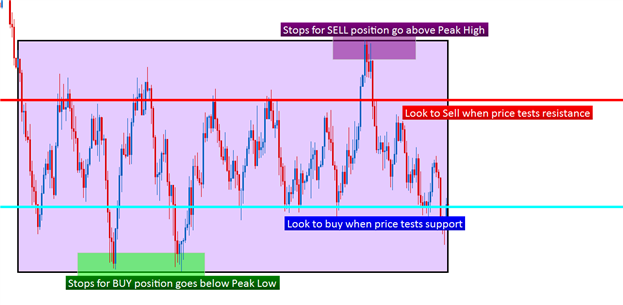

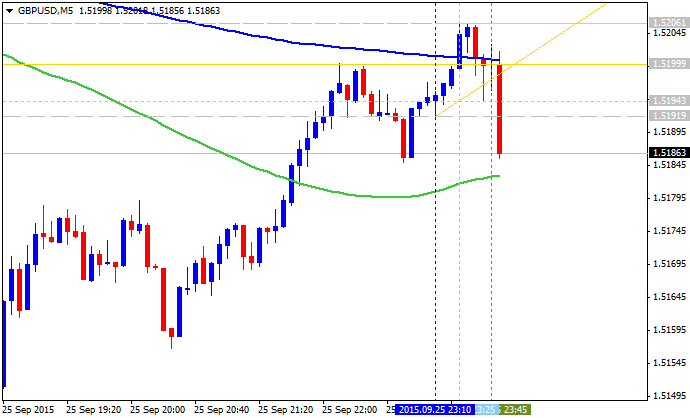

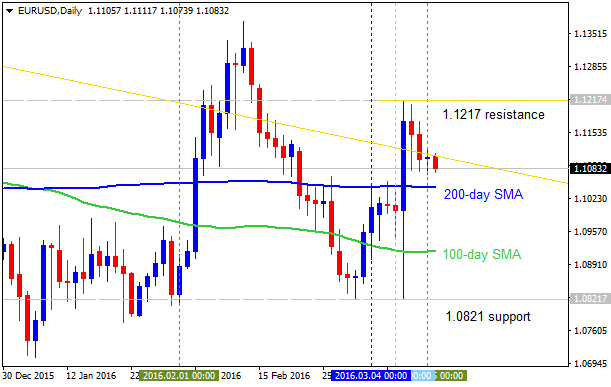


Bookmarks